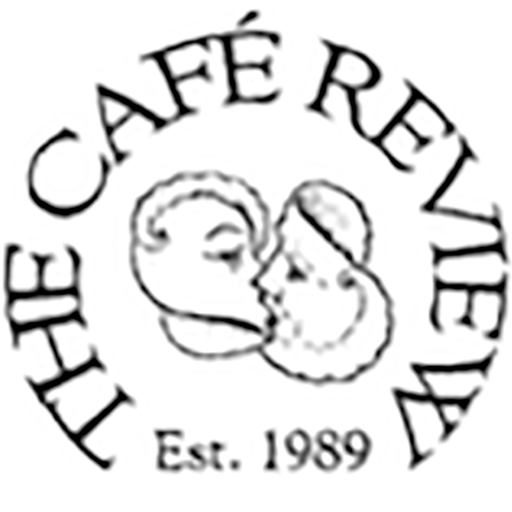Cartographies of Scale (and Wing),
 by Anca Vlasopolos,
by Anca Vlasopolos,
Avignon Press, 2015,
91 pages, hard $16.95/paper $8.95,
ISBN# 978-0-9962920-1-6
Buy the Book
Cartographies of Scale (and Wing), Anca Vlasopolos’s third poetry collection, is an unnerving book — a warning. Her resounding concerns are with what humans do to the world, in our quest to explore, to conquer, and to exploit. For that, the thrust of this collection makes clear, is what humans have done through time: discovered new worlds, and then systematically destroyed them.
In the opening sections of her book, the poet writes to and about the scientists Gerardus Mercator (the creator of the Mercator projection map) and Samuel Bowditch (whose Bowditch Navigator revolutionized ocean navigation). These are, in her estimation, the men whose work enabled man’s conquering of the world. Yet Vlasopolos circles her subjects warily: Could these men have known what their work would lead to? She hints at this in “Mercator Makes Maps,” when, wondering how he came to his “geometric genius,” she asks:
was it a grape
you squashed
under
as you walked
pondering
the sphere
The violence Mercator has perhaps done to the world by metaphorically flattening it for the rest of human exploration becomes more obvious as Cartographies widens in scope. Vlasopolos writes of what the world has lost as humankind willfully tramples it underfoot. In “That and We,” the speaker, “exploring a stone’s throw / from a four-lane street,” reflects upon a progress which appalls her, with people who
hacked
cut
marked
chopped
sank dead posts
bound
kept out
The natural world of insects and birds with which the speaker has a natural affinity has been displaced, then lost. The poetry touches upon dwindling monarch butterfly populations in “At Water’s Edge”:
this year bereft of butterflies
these three
tatters
are left from plenty’s tapestry
It is the language of both beauty and despair, the plenty set in juxtaposition with the tatters left as the butterflies disappear from their habitats. Vlasopolos also writes of dwindling and extinct bird species, such as in the tragic “Empty Spoons,” where a southeast Asian family which formerly lived on birds caught for food now starves, as those birds’ habitats are replaced by “abandoned concrete walls.” The imagery of this collection is meticulous and ruthless.
Interesting, as well, is Vlasopolos’s use of white space in the structure of her poetry. So many times, in pieces such as the aforementioned “That and We,” she places lines on the page in ways that echo both the exploration and exploitation of the world about which she writes. Willful destruction is emphasized by short, hammering lines, pounding human constructions into the ground, or into the reader’s head. Gerardus Mercator, in “Mercator Makes Maps,” exists in lines that are snapped to the margins, much as he attempted to snap the world to lines of latitude and longitude, when he
nail[ed] to the wall
the shimmering
dress
of this
our
little globe
now emptied of loving roundness
left
naked
to probing
anatomizing
yet
to come
In nailing the lines to the margin, the poet makes more horrifying the metaphorical and subsequent rape of that “little globe.” In contrast to these left-justified lines, symbols of the natural world, such as the icebergs in “ID Denied,” float across the sea on the horizon:
four ice floes no
small icebergs maybe iceberg tips
moving west in blinding line of winter sunset
Structure, for Vlasopolos, is a favorite tool to support meaning; the readers get the that sense that for her, the world is open, save for when human progress closes it down — and for her, the danger of the world closing down entirely is imminent.
Mercator and Bowditch, Vlasopolos argues with layer upon layer of painstaking detail, opened the world for us. But rather than marvel at the wonders, we have destroyed them, and, as a result, are destroying ourselves. We are, she implies, blind in our arrogance, and in this collection, the poet (always the messenger who is scorned, or worse, ignored) hauntingly warns readers that
so much depends in each of these (to us) invisible links
upon our
staying
our hand.
— Anne Britting Oleson

